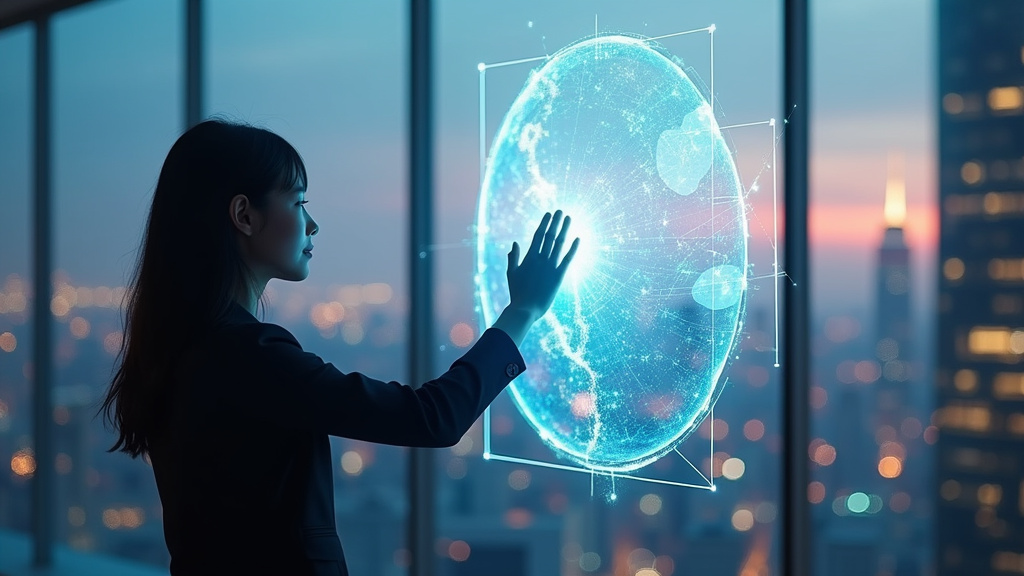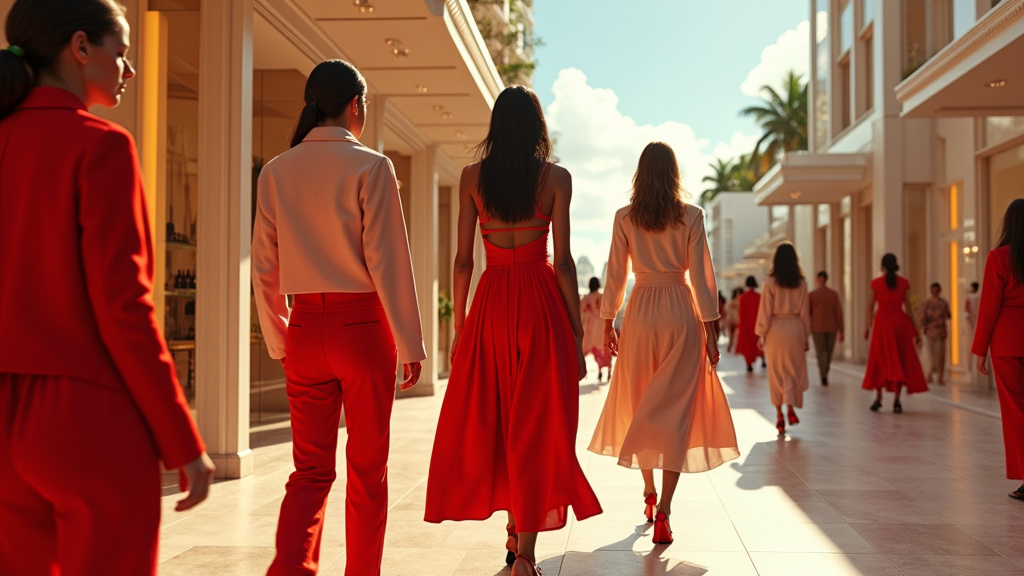OpenAI has officially entered the social media arena with the launch of Sora 2, its most advanced text-to-video generation model, and a new, invite-only iOS app also named Sora. Announced on September 30, 2025, this development marks a significant leap in AI-powered video creation, aiming to redefine how users generate and interact with digital content, and positions OpenAI as a direct competitor in the fast-evolving social media landscape.
Sora 2: A Leap Forward in AI Video Generation
Building upon the foundation of the original Sora model introduced in February 2024, Sora 2 is being heralded by OpenAI as a potential “GPT-3.5 moment for video.” The new model showcases dramatic improvements in realism and physical accuracy, promising to adhere more closely to the laws of physics than its predecessors. This means videos generated by Sora 2 can depict complex movements, such as Olympic gymnastics routines or backflips on a paddleboard, with nuanced dynamics like buoyancy and rigidity accurately modeled. Crucially, unlike earlier AI video models that might contort reality to fit a prompt, Sora 2 can simulate realistic failures, such as a missed basketball shot rebounding off a backboard instead of magically teleporting into the hoop.
OpenAI has also significantly enhanced Sora 2’s controllability, enabling it to follow intricate, multi-shot instructions while maintaining consistent world state across scenes. Furthermore, the model now integrates sophisticated audio generation, capable of producing synchronized dialogue, realistic background soundscapes, and sound effects that align seamlessly with the visuals. Sora 2 excels in generating content across various visual styles, including realistic, cinematic, and anime aesthetics.
Introducing the Sora App: A New Social Playground
In tandem with the advanced Sora 2 model, OpenAI has launched the Sora app, an iOS-based social platform designed to democratize AI video creation. The app functions much like other short-form video platforms, featuring a customizable, swipe-scroll feed that allows users to discover creations from others. Users can create their own AI-generated videos from text prompts, remix content from other users in a collaborative feature akin to TikTok duets, and interact through likes and comments.
A standout feature of the Sora app is “Cameos,” which allows users to insert themselves, friends, or even pets into AI-generated scenes with remarkable fidelity. To enable this, users undergo a one-time video and audio recording for identity verification and to capture their likeness. OpenAI emphasizes that users retain full control over their likeness, deciding who can use their Cameo and having the ability to revoke access or remove any video featuring it. The app also incorporates mindful features designed to encourage creation over passive consumption, with algorithms prioritizing inspirational content and proactive wellbeing check-ins.
Behind the Scenes: Innovation and World Simulation
OpenAI positions Sora 2 as a critical step toward developing AI systems that possess a deep understanding of the physical world through advanced world simulation capabilities. The company views mastery of pre-training and post-training on large-scale video data as a foundational element for future AI development, moving beyond the current nascent stage compared to language data.
The Sora app is currently available on an invite-only basis for iOS users in the U.S. and Canada, with plans for broader geographic expansion and an eventual API release. Initial access to Sora 2 is free with generous limits, though ChatGPT Pro users can access an experimental, higher-quality Sora 2 Pro model.
Navigating the Future: Implications, Safety, and Competition
The launch of Sora 2 and its associated social app has far-reaching implications for the media and entertainment industries. It directly challenges established platforms like TikTok, Instagram Reels, and YouTube Shorts, signaling OpenAI’s ambition to not only lead in AI technology but also in social media engagement. The technology promises to transform content creation pipelines, offering new tools for filmmakers, marketers, and individual creators alike.
However, this advancement also raises significant ethical considerations. OpenAI acknowledges potential risks such as non-consensual use of likeness, misleading generations, and the potential for deepfake misuse. To address these, the company is implementing a conservative approach to safety, including robust content moderation, watermarking AI-generated content, and stringent safeguards for minors. The strategy also involves managing demand and potential revenue through a tiered access model, with plans to charge for additional generations when compute capacity is strained.
Conclusion
The debut of Sora 2 and the Sora app signifies a pivotal moment in the convergence of AI technology and social media. OpenAI’s commitment to enhancing realism, controllability, and audio integration in video generation, coupled with its novel social platform featuring user-centric tools like Cameos, sets a new benchmark for digital creativity. As this technology evolves, it is poised to not only reshape how content is produced and consumed but also redefine personal expression and connection in the digital age, while OpenAI navigates the critical balance between innovation and responsible deployment. The future of trending news and technology is increasingly intertwined with these advanced AI capabilities.





